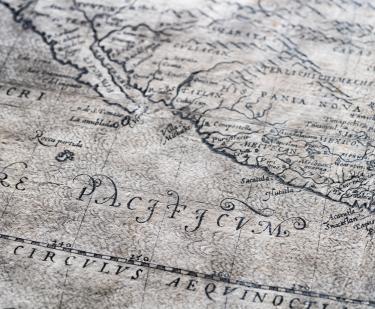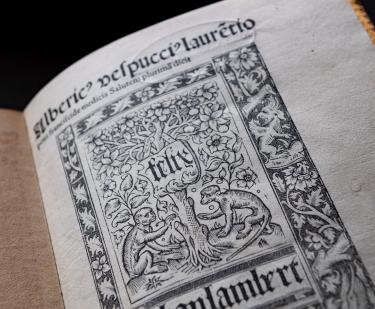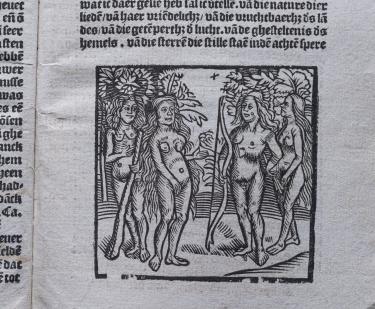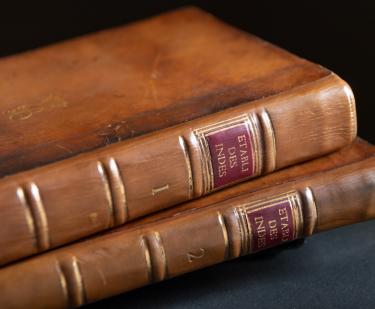Instructio[n], y memoria, de las relaciones que se han de hazer, para la descripcion de las Indias
DIGITIZED ITEM OF THE MONTH (October 2020)
Juan López de Velasco’s Instrucción y memoria (1577)
Governance of the vast and complex domains of King Philip II’s across the Atlantic required detailed historical and geographic information. For this reason, the Council of the Indies--the highest administrative body in charge of the Spanish Americas--created the position of cosmographer and chronicler, assigned to Juan López de Velasco in 1571. López de Velasco had at his disposal thousands of pages of historical reports and geographic descriptions, but in order to gather facts in a systematic way he composed a survey of 50 questions.
This survey, example of a rich modality of geographic inquiry in the second part of the sixteenth century, was printed in 1577 and sent to local officials overseas. The first item focuses on toponyms and their meaning in the native language. Immediately after, the survey asks for the names of Spanish explorers and conquerors, and then moves on to climate and rainfall, and to the days of the year when the sun casts no shadow at midday. There are questions about rulers in “heathen times,” ancient religion and warfare, clothing of the past and present, and the general health of the population in comparison to the years before the arrival of Europeans. Orography, hydrography, volcanic activity, along with queries about crops and the sustenance of natives, are followed by questions about medicinal plants, wild and domestic fauna, minerals and precious stones, types of construction and the building materials used for housing.
The survey asks for information about churches, monasteries, and convents, and about the salaries of clergymen in the region. It also inquires about hospitals, schools, and charitable institutions. There are mentions of concrete products, such as silk and cochineal and salt, and questions about how European grains and animals have adapted and multiplied. Three items request sketching out maps of the region--streets, plazas, churches, and roads--and of the coastline and islands when the communities surveyed are located near the ocean. Officials across the Americas responded to the survey, relying often on the knowledge of indigenous peoples and sometimes commissioning the work of native painters to draw the maps. The last question asked for the names of the people who contributed to complete the document.
Even though López de Velasco received hundreds of responses from North and South America, he never used them to assemble the magna opera that was his ambition and some of them were lost in the archives over the centuries. Parts of this corpus, known as the Relaciones Geográficas, are available digitally in Spanish and North American repositories.
![Cover of Instructio[n]](https://jcblibrary.org/sites/default/files/styles/collection_item_slideshow_active/public/collections/Screen%20Shot%202020-10-06%20at%205.19.38%20PM.png?itok=E2S3KHV3)



